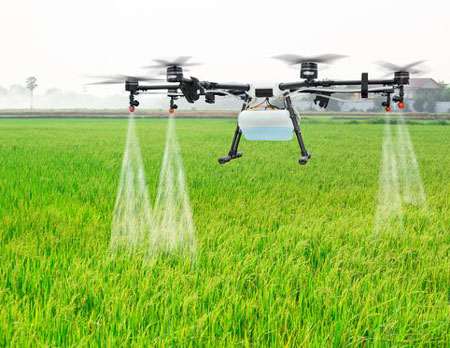Ridge Gourd
Cercospora leaf spot
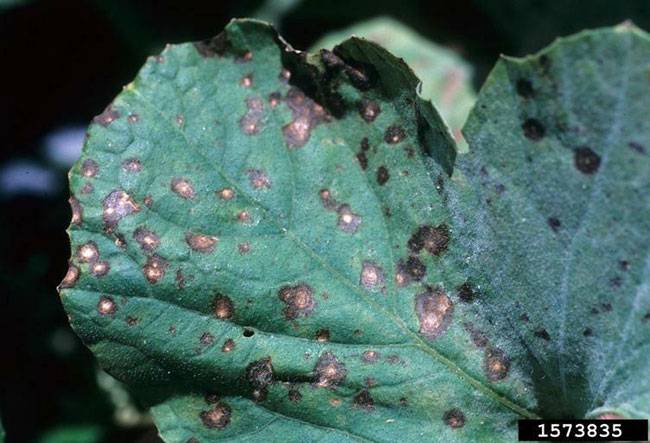
Cercospora citrullina
Fungal Disease
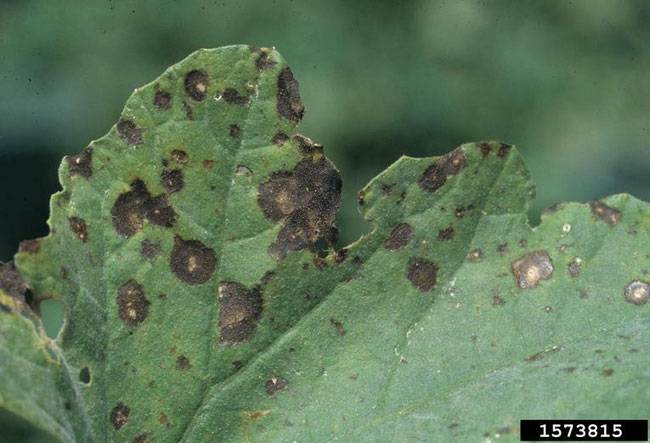
Cercospora citrullina
Fungal Disease
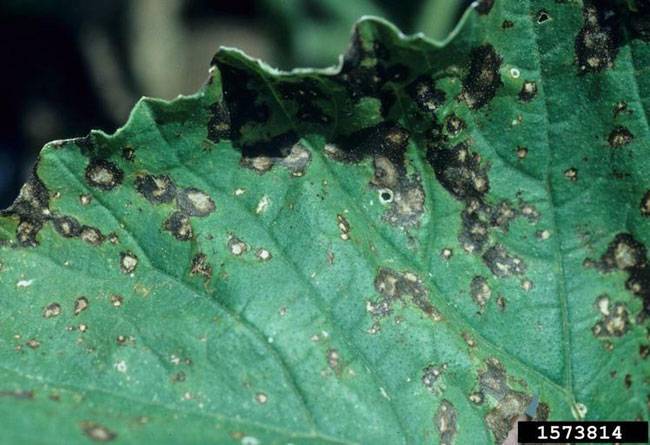
Cercospora citrullina
Fungal Disease
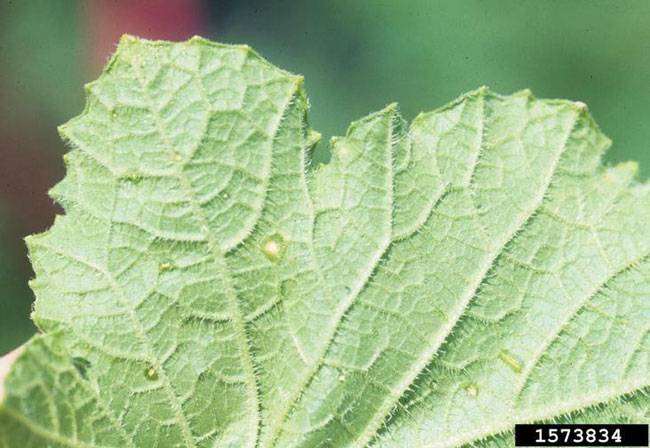
Cercospora citrullina
Fungal Disease
Cercospora leaf spot, caused by the Cercospora species, is a foliar disease that affects cucumber plants, particularly under warm and wet weather conditions. This disease is primarily confined to foliage, causing significant damage if not managed promptly. Recognizing the disease's symptoms and understanding its environmental requirements are crucial for effective control.
Symptoms
Early Stage:
- Small, circular yellow spots appear on older leaves.
- Spots are limited to foliage and rarely occur on petioles or stems.
Progression:
- The yellow spots turn necrotic (dead tissue).
- Lesions may remain circular or develop into irregular shapes.
Advanced Stage:
- Size and number of spots increase significantly.
- Severe infections may lead to extensive leaf damage, reducing plant vigor and yield.
Differentiation:
- Early symptoms can resemble those of other foliar diseases, making accurate identification critical.
Disease Development
Environmental Requirements:
- Warm and wet weather favors the disease’s occurrence and spread.
- Conidial germination is influenced by temperature, relative humidity (RH), and moisture availability.
Conidial Germination:
- RH Range: 92–100% is ideal for germination.
- Temperature:
- Optimal: 25–30°C.
- Germination can occur at 5–35°C, but extreme high temperatures combined with low RH prevent germination.
- Moisture:
- Free moisture enhances germination.
- At 92–95% RH without free moisture, high temperatures (25–35°C) cause quick evaporation, halting germination.
Spread:
- High humidity and warm temperatures accelerate disease spread through rapid germination and lesion development.
Impact
- Reduces photosynthetic activity due to leaf damage.
- Severely affected leaves can fall prematurely, affecting plant health.
- Yield losses occur due to weakened plants and reduced fruit quality.
Management Tips
Cultural Practices:
- Avoid overhead irrigation to reduce leaf wetness.
- Ensure proper spacing between plants to improve air circulation.
Sanitation:
- Remove and destroy infected plant debris to reduce inoculum sources.
Environmental Management:
- Monitor humidity levels and adjust irrigation to avoid prolonged leaf wetness.
Chemical Control:
- Use fungicides as a preventive measure during warm, wet conditions.
- Rotate chemicals to prevent resistance development.
Conclusion
Cercospora leaf spot on cucumbers thrives in warm, humid conditions, making it a common challenge for growers in tropical and subtropical regions. Early identification, combined with cultural and chemical management strategies, can help mitigate its impact, ensuring healthy crops and better yields. Proactive disease management is essential to keep this foliar disease under c


